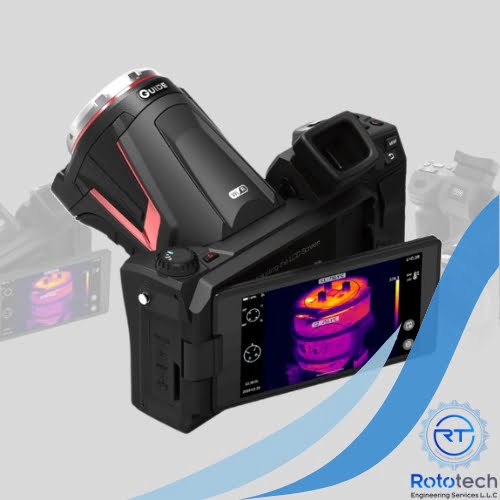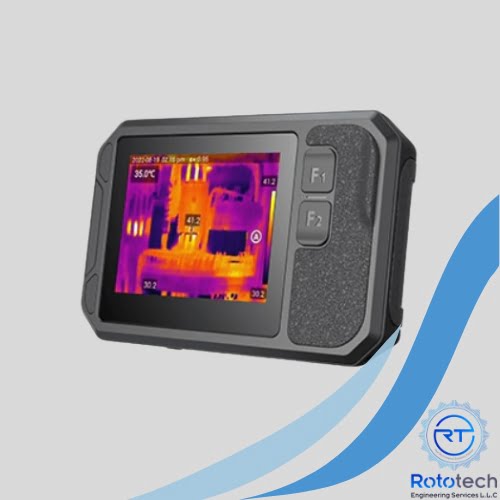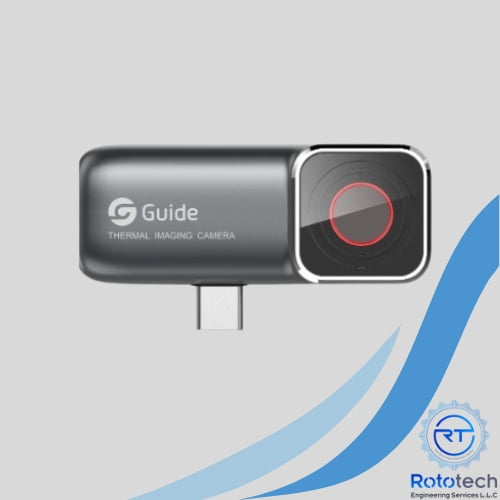IR Thermal Imaging Cameras

Thermal imaging, and thermal video are examples of infrared imaging science. Thermographic cameras usually detect radiation in the long-infrared range of the electromagnetic spectrum.
Thermal images, or thermograms, are actually visual displays of the amount of infrared energy emitted, transmitted, and reflected by an object. Because there are multiple sources of the infrared energy, it is difficult to get an accurate temperature of an object using this method. A thermal imaging camera is capable of performing algorithms to interpret that data and build an image.
Advantages of using Thermal imaging Camera:
- Non-Contact Temperature Assessment: Thermal imaging cameras allow for temperature monitoring from a distance, eliminating the need for physical contact with surfaces or objects.
- Early Anomaly Detection: These cameras identify issues like overheating in electrical systems and insulation problems, facilitating timely interventions.
- Improved Safety: In low visibility situations, such as firefighting, thermal cameras enhance the ability to locate individuals, ensuring safety for responders and those in distress.
- Energy Optimization: Thermal imaging identifies heat loss in buildings, aiding in the enhancement of HVAC efficiency and reduction of energy costs.
- Predictive Equipment Maintenance: Monitoring temperature trends in machinery helps schedule maintenance proactively, minimizing unexpected failures.
- Electrical Safety Inspections: Thermal cameras pinpoint hotspots in electrical systems, reducing the risk of fires and ensuring safe operations.
- Quality Assurance: In manufacturing, thermal imaging detects temperature inconsistencies, highlighting potential defects in products.
- Structural Analysis: Thermal imaging uncovers hidden issues like moisture intrusion, which can lead to significant building damage.
- Wildlife Research: These cameras are valuable tools for tracking and studying animal behaviour in conservation efforts
- Security and Law Enforcement: Thermal imaging supports law enforcement by enhancing surveillance capabilities in various environments.





